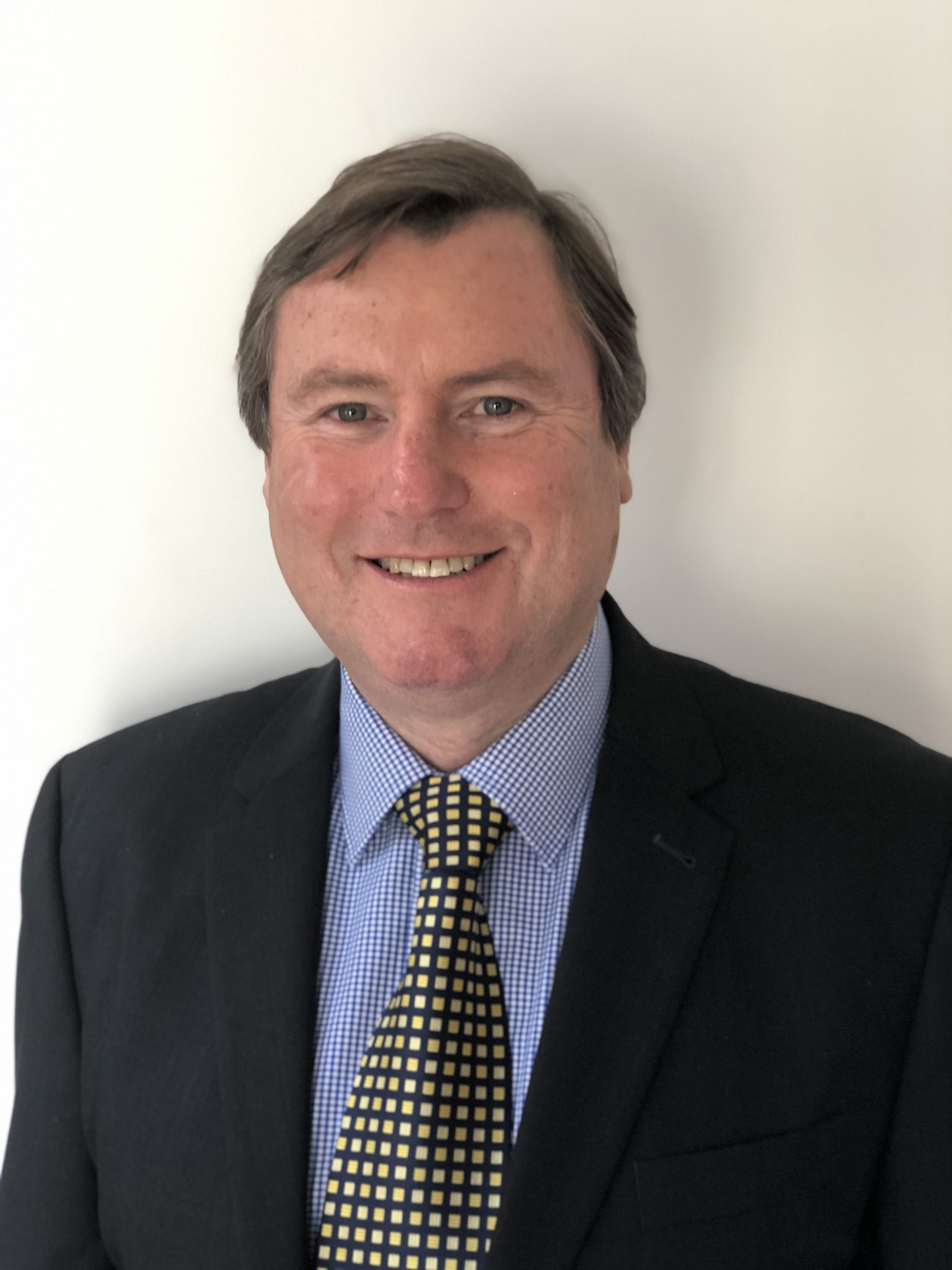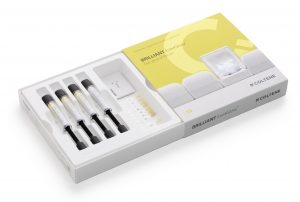Embracing change, to do even better
Featured Products Promotional FeaturesPosted by: Dental Design 24th November 2020

In correspondence to The Lancet in late August, Professor Richard Watt argued that the COVID-19 crisis has provided a valuable opportunity for “radical reform” and a chance to “rethink the future” of dentistry.[i] Brave and bold decision making would be required, he stated, to create a more responsive, integrated model of care, concluding that the time is “ripe for change”.
There is no doubt that, even before the pandemic, there were huge challenges facing dentistry and dental professionals in the UK. Depending on where you practise and
the socio-economic background of your patient base, the day-to-day looked completely different. Now, the impact of Coronavirus has not just emphasised existing health inequalities, but in some areas, it has exacerbated them.[ii] The data has been consistent since the beginning of the outbreak; poorer, deprived communities, with greater levels of unemployment, have suffered far more. The uphill struggle to reach these patients has become even steeper in COVID-19 times.
Professor Watt’s letter talks about the need for dental services to be more “responsive to the needs of their local populations”. A dental practice is a local business and this is where any change must start, by looking at what the people who you treat and support every day need, and ensuring that you deliver it to them as part of a commitment to focused, quality care. Perhaps this is a process that was already underway before 2020; the industry has seen many positive developments in recent years, and these should not be forgotten in this urgent drive to now do even better. New tools, materials and techniques have meant that all treatments can now be completed more efficiently, reliably, and comfortably (for the patient and the dental professional) than ever before and that results are more enduring, functional, and aesthetic.
The value of minimally invasive options
In your own practice, what could “radical” or even moderate reform look like? It could mean adding new services and stopping others, delegating certain appointments to different members of the team, referring patients out to specialist practices, or exploring the latest innovations on the market.
Even if you feel “change” has been foisted upon you, it can help to look at things from another perspective. The problem when we talk about the “new normal” is that what is “normal” changes all the time anyway. For example, the shift towards a preventive approach has been a slow burn, as patients had to catch up and truly understand how their own behaviours are key to long-term good oral health and for needing fewer dental appointments.
Preventive appointments – which may even be virtual and can be delivered by a dental hygienist or dental therapist, freeing up the dentist – are likely to become even more valuable now. Also, minimally invasive procedures, and the techniques and materials that support them, can be expected to be in greater demand, particularly due to concerns over aerosol-generating procedures (AGPs). There has been an ongoing debate about AGPs and COVID-19 transmission in the dental setting since the pandemic begun. At time of writing, the WHO says that the likelihood that the virus can be spread via “aerosol, micro-particles or airborne particles” is still unknown and that more research is needed.[iii]
 Minimally invasive options arguably offer more value that certain other treatments and therefore, going forward, they are also a better use of your practice’s precious resources. [iv] The word “resources” can apply to materials, time and people. Minimally-invasive restorative treatments can also often be delivered chairside – no laboratory required. With the right materials, a solution can be found for all sorts of common dental situations and be delivered quickly, successfully and cheaply too. With nearly all practices eyeing their budgets and profit margins for the foreseeable future, hard-working versatile materials to support conservative procedures represent great value for money and, when you select from the very best brands there will be no compromise to the result. COLTENE offers BRILLIANT EverGlow™, which meets the highest clinical requirements – and patient expectations – for anterior and posterior restorations. Handling is excellent and good wettability means it can be adapted and modelled with ease. Also available is BRILLIANT COMPONEER™, for dentists who want a minimally invasive restoration, that can be delivered in a single visit.
Minimally invasive options arguably offer more value that certain other treatments and therefore, going forward, they are also a better use of your practice’s precious resources. [iv] The word “resources” can apply to materials, time and people. Minimally-invasive restorative treatments can also often be delivered chairside – no laboratory required. With the right materials, a solution can be found for all sorts of common dental situations and be delivered quickly, successfully and cheaply too. With nearly all practices eyeing their budgets and profit margins for the foreseeable future, hard-working versatile materials to support conservative procedures represent great value for money and, when you select from the very best brands there will be no compromise to the result. COLTENE offers BRILLIANT EverGlow™, which meets the highest clinical requirements – and patient expectations – for anterior and posterior restorations. Handling is excellent and good wettability means it can be adapted and modelled with ease. Also available is BRILLIANT COMPONEER™, for dentists who want a minimally invasive restoration, that can be delivered in a single visit.
“Change” for your dental practice will mean embracing new ideas to keep your patients engaged and motivated. Bold decision-making could involve repurposing budgets, switching focus to treatments that are more valuable to long-term oral health and looking at how the dental team can be redeployed to provide an integrated service; ongoing care, support and high quality treatment in a safe setting. Doing the very best you can for your patients, using the best tools and materials, will mean that whatever the future of dentistry looks like, you will be ready for it.
For more on COLTENE, visit www.coltene.com,
email info.uk@coltene.com or call 0800 254 5115.
[i] COVID-19 is an opportunity for reform in dentistry. Correspondence from Richard G Watt, published in The Lancet, August 15, 2020. Link to full text: https://www.thelancet.com/journals/lancet/article/PIIS0140-6736(20)31529-4/fulltext (accessed August 2020).
[ii] Disparities in the risk and outcomes of COVID-19. Public Health England, August 2020. Link: https://assets.publishing.service.gov.uk/government/uploads/system/uploads/attachment_data/file/908434/Disparities_in_the_risk_and_outcomes_of_COVID_August_2020_update.pdf (accessed August 2020).
[iii] Delay routine dental checkups in areas of COVID spread – WHO. Reuters, 11 August 2020. Link: https://uk.reuters.com/article/uk-health-coronavirus-who-dental/delay-routine-dental-checkups-in-areas-of-covid-spread-who-idUKKCN2571WN
[iv] Richard G Watt, correspondence published in The Lancet, 15 August, 2020.








